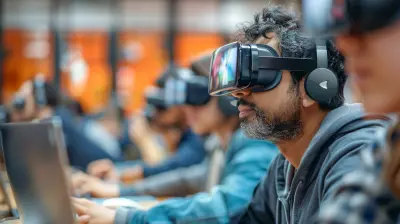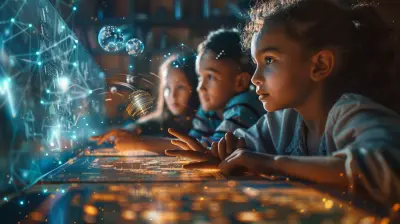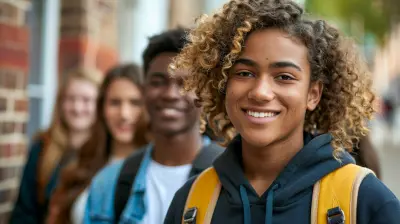The Benefits of Blended Learning for Diverse Learners
16 May 2025
Education is changing fast, and blended learning is at the forefront of this transformation. Gone are the days of traditional classrooms being the only way to learn. With technology shaping new teaching methods, blended learning has emerged as a powerful tool, especially for diverse learners. But what exactly makes it so beneficial? Let's dive into why this approach is a game-changer for students with different learning needs.
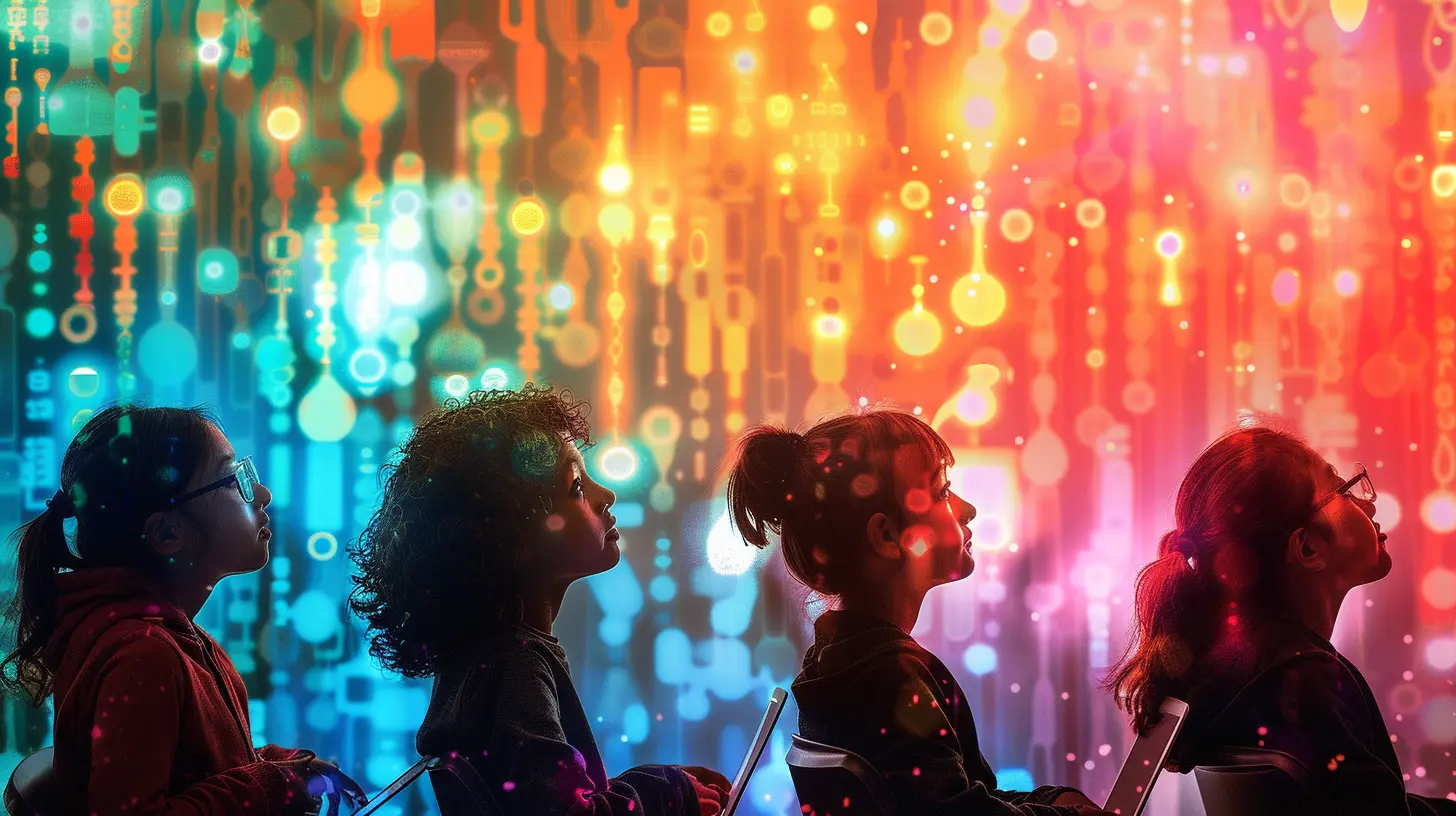
What Is Blended Learning?
Blended learning is a mix of in-person and online instruction, combining the best of both worlds. It allows students to engage with materials at their own pace while still benefiting from face-to-face interaction with teachers and peers. Think of it as a hybrid model—like having a personal tutor available 24/7 while still enjoying classroom discussions and group activities.This approach caters to different learning styles, making education more accessible and effective. Whether a student learns best by listening, watching, reading, or doing, blended learning offers something for everyone.
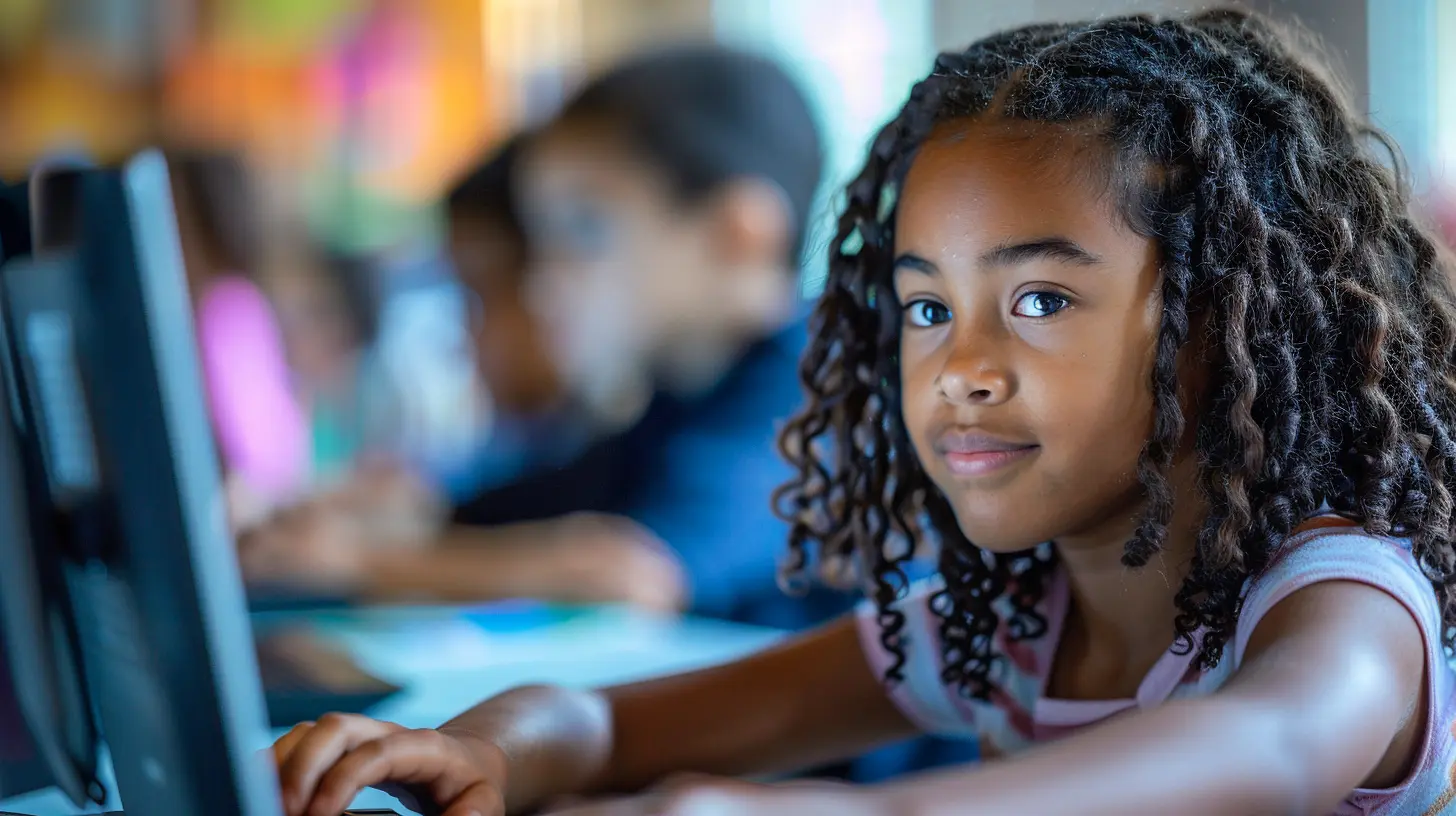
Why Blended Learning Works for Diverse Learners
Every student is unique. Some grasp concepts quickly, while others need more time. Some thrive in group settings; others prefer independent study. Blended learning acknowledges these differences and provides flexibility to accommodate varied learning needs.Let's break down the key benefits that make blended learning perfect for diverse learners.

1. Personalized Learning Experience
One of the biggest advantages of blended learning is that it tailors education to individual needs. Unlike traditional classrooms, where every student follows the same pace, blended learning allows learners to move at their own speed.For example, a student who finds math challenging can revisit lessons multiple times, while another who excels can move ahead. This ensures that no one is left behind or held back.
2. Flexibility and Convenience
Imagine being able to learn whenever and wherever suits you best. With blended learning, students can access lessons online at any time. This is especially beneficial for those who juggle school with other responsibilities, such as part-time jobs or family commitments.Additionally, students with disabilities or health issues can participate in lessons without the stress of commuting. Learning at their own pace in a comfortable environment can make all the difference in their educational journey.
3. Enhanced Engagement Through Technology
Let’s be honest—traditional textbooks can feel boring. But when you add interactive elements like videos, quizzes, and simulations, learning becomes far more engaging. Blended learning integrates technology to keep students interested and motivated.Educational apps, virtual reality experiences, and gamified lessons make complex subjects easier to understand. Students are more likely to retain information when learning feels like an interactive experience rather than a chore.
4. Better Teacher-Student Interaction
In a fully traditional classroom, teachers often struggle to give every student the attention they deserve. Blended learning frees up classroom time by shifting some lessons online, allowing teachers to focus on individualized support.Instead of spending a lecture re-explaining concepts, teachers can offer targeted assistance to students who need it the most. This leads to more meaningful interactions and improved academic performance.
5. Encourages Independent Learning
Blended learning promotes self-discipline and responsibility. Since students must manage their online coursework, they develop essential skills like time management and problem-solving.This independence prepares students not just for academic success but also for their future careers, where self-motivation is key. In a way, blended learning is like a test run for real-world work habits.
6. Supports Different Learning Styles
Not every student thrives in a lecture-based environment. Some learn best through visuals, while others prefer hands-on activities. Blended learning incorporates various teaching methods to cater to different learning styles:- Visual learners benefit from infographics, videos, and slideshows.
- Auditory learners can listen to podcasts or recorded lectures.
- Kinesthetic learners engage through interactive simulations and virtual labs.
By offering diverse learning materials, blended learning ensures that every student finds a method that works for them.
7. Immediate Feedback and Assessment
Waiting weeks to get test results can be frustrating. With blended learning, students receive instant feedback through quizzes and online assessments. This allows them to identify their strengths and weaknesses in real-time.When students know what they need to improve, they can focus their efforts more effectively. Teachers also benefit from this approach since they can track progress and adjust their teaching methods accordingly.
8. Bridges the Digital Divide
In an increasingly digital world, technological literacy is essential. By incorporating online learning, students develop crucial digital skills that will benefit them in higher education and the workplace.From mastering online research to utilizing collaboration tools, blended learning prepares students for the tech-driven future. For those without access to technology at home, schools can provide resources like tablets and internet access to ensure inclusivity.
9. Encourages Collaboration and Peer Learning
Blended learning fosters teamwork by integrating group projects, discussion forums, and online peer reviews. Students can collaborate on assignments, share insights, and learn from each other—even outside the classroom.This interactive approach not only improves academic understanding but also strengthens communication and teamwork skills, which are invaluable in any career.
10. Improves Retention and Understanding
Studies show that students retain more information when they engage with content in multiple ways. With blended learning, concepts are reinforced through various mediums—videos, discussions, practice exercises, and real-world applications.By layering learning experiences, students gain a deeper understanding of subjects, reducing the need for rote memorization. Instead of simply cramming for exams, they truly absorb and apply knowledge.
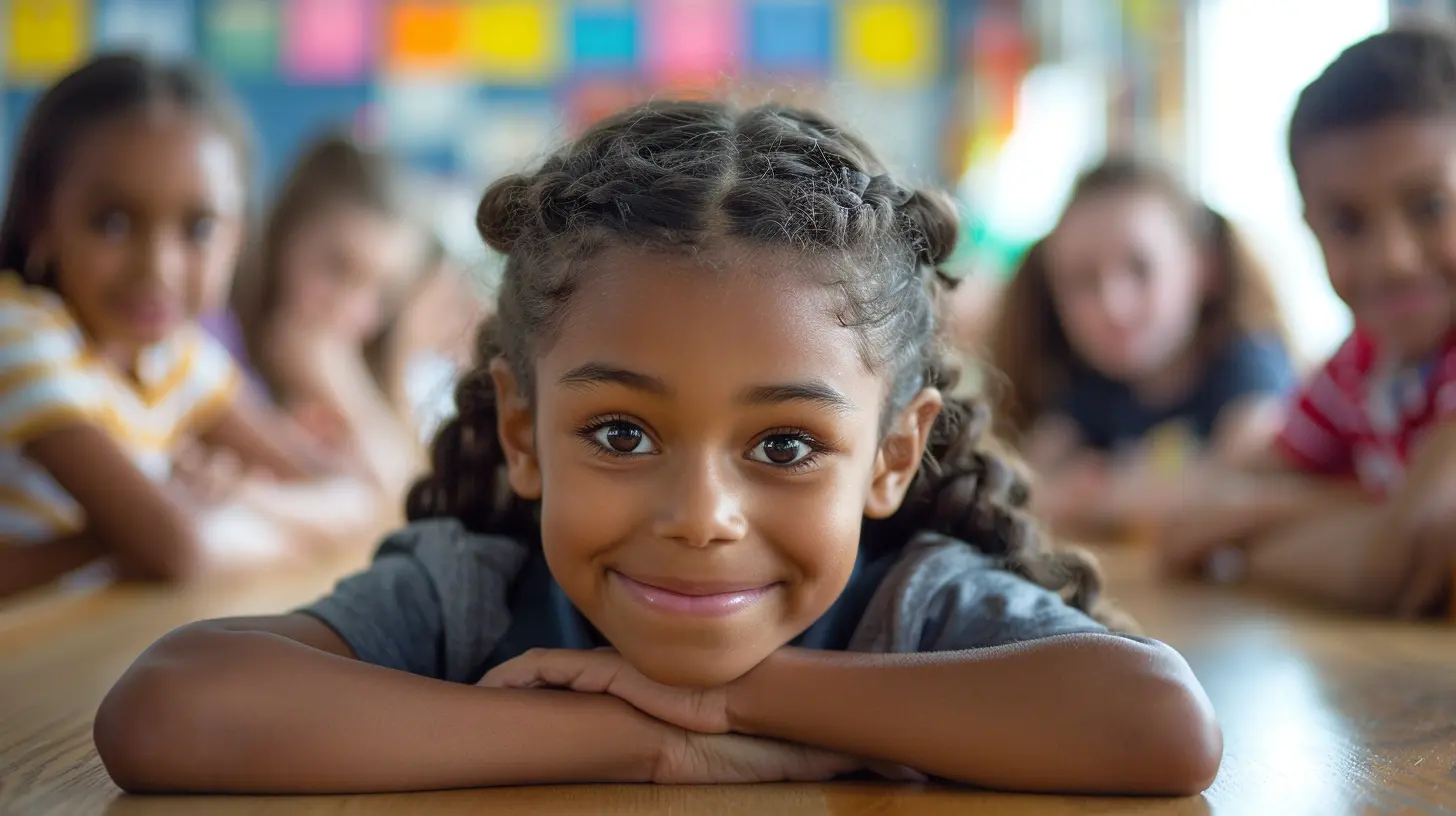
Final Thoughts
Blended learning isn’t just a trend—it’s the future of education. By combining traditional teaching with digital tools, it caters to the unique needs of diverse learners and enhances the overall learning experience.Whether it’s through personalized pacing, engaging technology, or improved teacher-student interactions, this approach ensures that every learner gets the best possible education.
As we move forward, embracing blended learning can create an inclusive, flexible, and effective educational system that empowers students to succeed. The question isn’t whether blended learning is effective—it’s how soon we can make it accessible to all.
all images in this post were generated using AI tools
Category:
Blended LearningAuthor:

Bethany Hudson
Discussion
rate this article
3 comments
Barbara Thornton
Ah yes, blended learning—because who wouldn’t want to juggle online modules with good old-fashioned classroom chaos? It’s like a buffet for education: a little bit of this, a sprinkle of that, as long as you can dodge the digital distractions. Bon appétit, diverse learners!
May 19, 2025 at 11:12 AM

Bethany Hudson
Thanks for your humorous take! Blended learning truly aims to balance the best of both worlds, catering to diverse needs while keeping engagement high.
Leona Clayton
Blended learning empowers diverse learners by combining the best of both worlds—personalized attention and flexible resources. It fosters inclusion, engagement, and growth, paving the way for success in every learner’s journey!
May 18, 2025 at 10:27 AM

Bethany Hudson
Thank you for your insightful comment! I completely agree—blended learning truly enhances personalized education and supports diverse learners in achieving their fullest potential.
Theodora Hensley
Blended learning is a powerful approach that embraces the unique strengths of diverse learners. By combining traditional and digital methods, it fosters inclusivity, engagement, and personalized growth. Let's celebrate this dynamic educational model that opens doors for all students to thrive!
May 17, 2025 at 3:14 AM

Bethany Hudson
Thank you for your insightful comment! I completely agree—blended learning truly enhances inclusivity and engagement, allowing every learner to reach their full potential.

